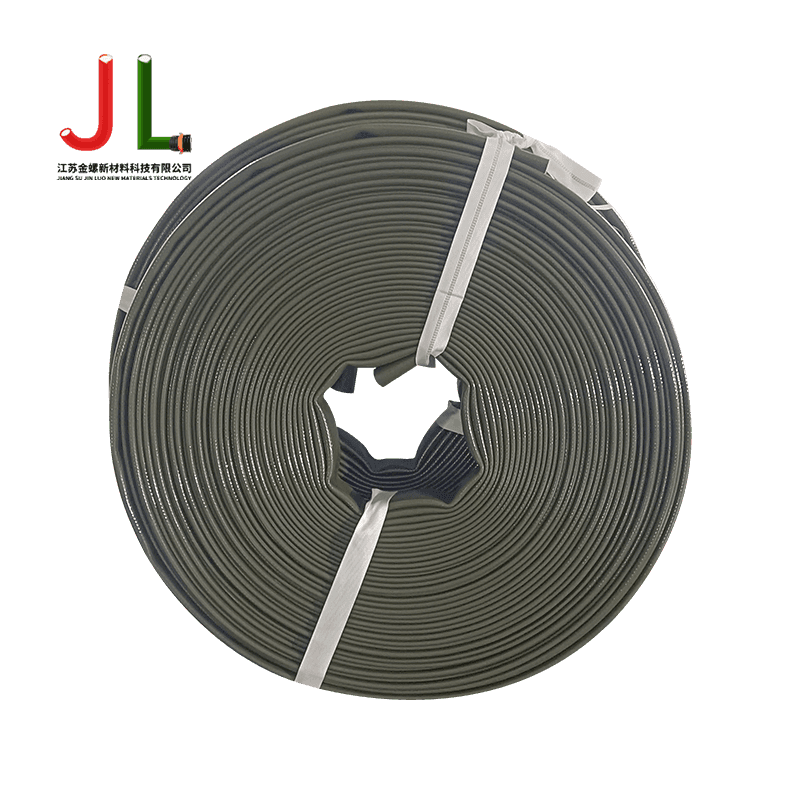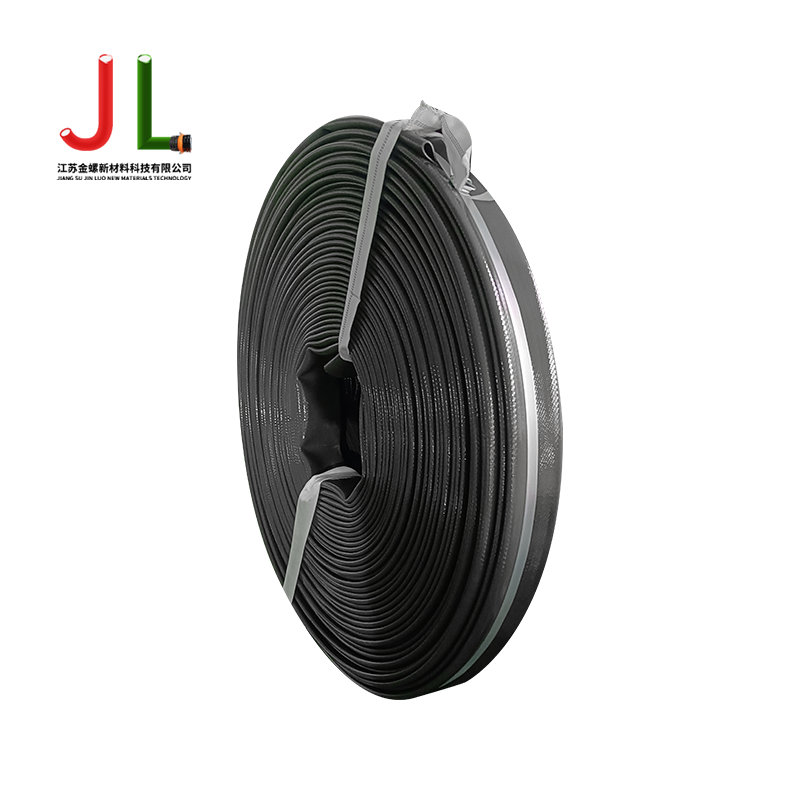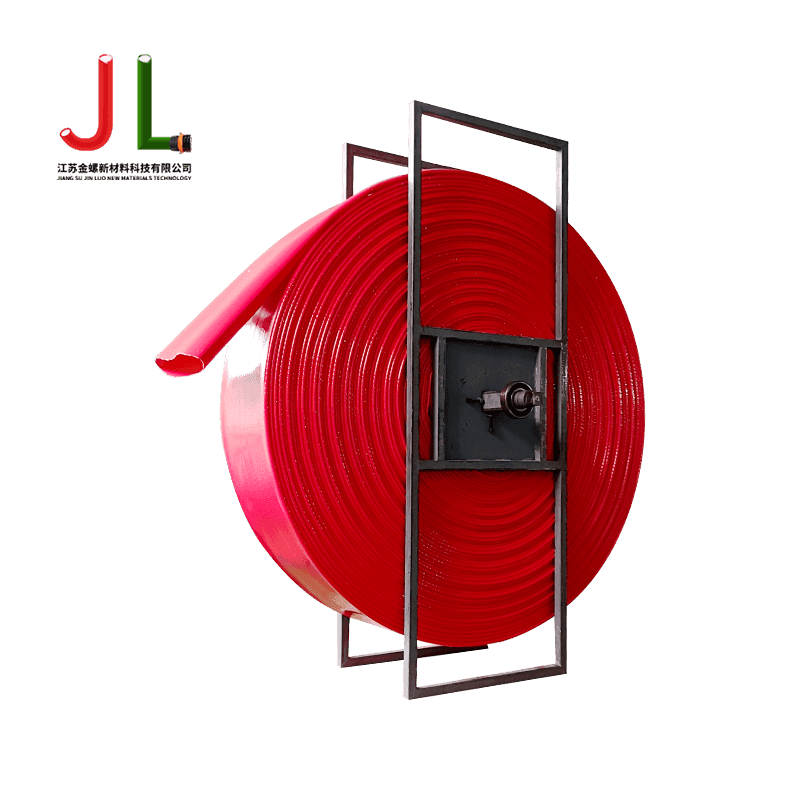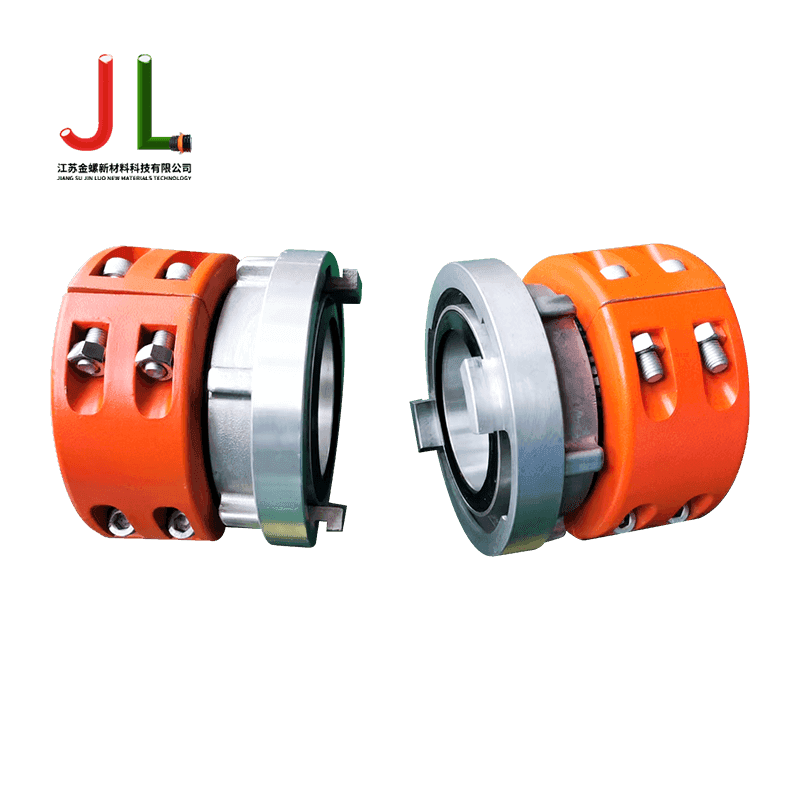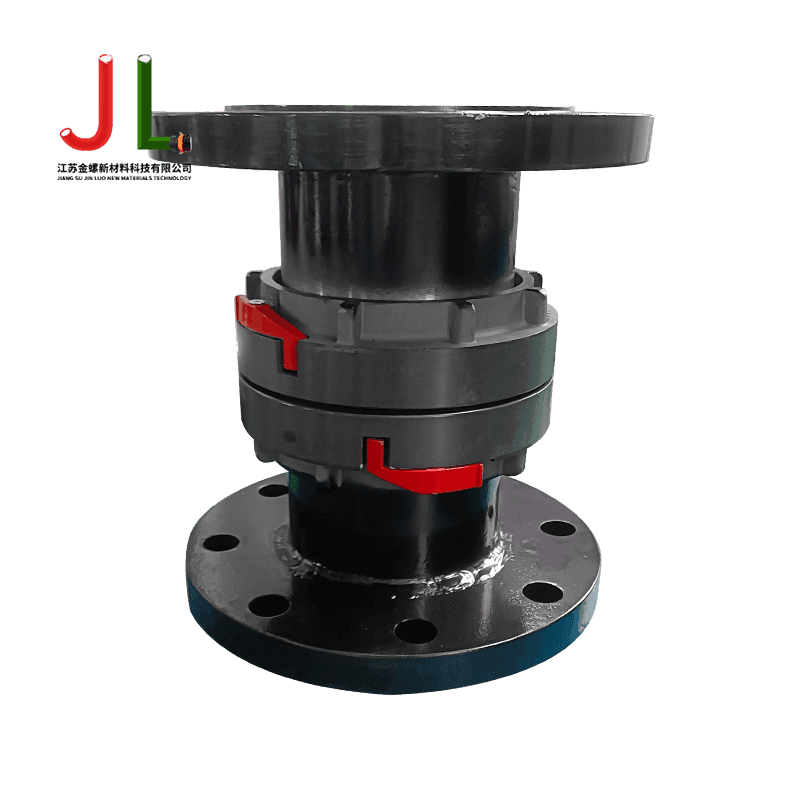The Ultimate Guide to Polyurethane Layflat Hose: Durability Meets Versatility
In the demanding worlds of industrial fluid transfer, firefighting, and agriculture, the need for a hose that combines exceptional strength, incredible flexibility, and reliable performance is paramount. The polyurethane layflat hose has emerged as a superior solution, meeting these challenges head-on. This comprehensive guide delves into everything you need to know about this versatile hose, exploring its key benefits, diverse applications, and how to select the perfect one for your needs. As a specialist in high-performance hose solutions, Jiangsu Jinluo New Material Technology Co., Ltd. is dedicated to providing insights and quality products for a global clientele.
Understanding the Polyurethane Layflat Hose
A polyurethane layflat hose is a type of flexible tubing engineered to lie completely flat when empty, making it exceptionally easy to store, transport, and deploy. The secret to its performance lies in the material: polyurethane (PU). This polymer offers a unique combination of properties that make it ideal for heavy-duty applications.
Why Choose Polyurethane?
- Superior Abrasion Resistance: Polyurethane is renowned for its ability to withstand wear and tear from rough surfaces, significantly outlasting many other materials.
- Excellent Flexibility: It remains highly flexible even in low-temperature environments, ensuring easy handling.
- High Tensile Strength: It can withstand high internal pressures and pulling forces without rupturing.
- Chemical and Environmental Resilience: Resistant to many oils, chemicals, ozone, and microbial growth.
In-Depth Analysis: Applications and Comparisons
Abrasion Resistant Polyurethane Layflat Hose for Mining
The mining industry subjects equipment to extreme conditions, including sharp rocks, heavy loads, and constant dragging. A standard rubber hose might quickly succumb to this abuse.
- Superior Performance: An abrasion resistant polyurethane layflat hose for mining is specifically engineered with reinforced layers and a tough PU cover to resist cutting, gouging, and general wear.
- Application Scope: Ideal for dewatering, slurry transfer, and tailings management.
When comparing an abrasion-resistant PU hose to a standard layflat hose, the difference in durability is clear.
| Feature | Abrasion-Resistant PU Hose | Standard Layflat Hose |
| Cover Material | Reinforced, thick polyurethane | Standard PVC or thinner PU |
| Expected Lifespan in Mining | Significantly longer, reduced replacement frequency | Shorter, prone to quick failure |
| Cost-Efficiency | Higher initial cost, lower total cost of ownership | Lower initial cost, higher long-term replacement costs |
Lightweight Polyurethane Layflat Hose for Firefighting
In emergency firefighting scenarios, speed and efficiency are critical. Heavy, cumbersome hoses can slow down response times and exhaust personnel.
- Critical Advantage: A lightweight polyurethane layflat hose for firefighting offers rapid deployment and easy maneuverability, allowing crews to set up water supply lines over long distances much faster.
- Key Feature: Despite its light weight, it maintains high burst pressure ratings for safety.
The comparison between a lightweight PU hose and a traditional fire hose highlights its operational benefits.
| Feature | Lightweight PU Layflat Hose | Traditional Rubber Fire Hose |
| Weight | Substantially lighter, easy for one person to carry | Heavy, often requires multiple people |
| Deployment Speed | Very fast, lies flat and uncoils easily | Slower, can be stiff and prone to kinking |
| Storage Space | Compact, requires minimal space | Bulky, requires more storage area |
Understanding High Pressure Polyurethane Layflat Hose Specifications
Selecting the right hose requires a thorough understanding of its technical specifications, especially for high-pressure applications like oil and gas or industrial cleaning.
- Working Pressure: The continuous pressure the hose is designed to handle safely.
- Burst Pressure: The pressure at which the hose will fail, typically 3-4 times the working pressure.
- Temperature Range: The minimum and maximum fluid and ambient temperatures the hose can tolerate.
Here is a comparison of typical specifications for different grades of PU layflat hoses.
| Specification | Standard Duty PU Hose | High Pressure PU Hose |
| Working Pressure (PSI) | 150 - 250 PSI | 300 - 600+ PSI |
| Burst Pressure (PSI) | 450 - 750 PSI | 900 - 2400+ PSI |
| Reinforcement | Single textile spiral | Multiple high-tensile textile plies or synthetic cord |
Selecting the Right Hose for Your Needs
Evaluating Chemical Resistant Polyurethane Layflat Hose Price and Value
While price is always a consideration, it should not be the sole deciding factor, especially when handling corrosive chemicals. A chemical resistant polyurethane layflat hose price reflects its specialized construction and material quality.
- Total Cost of Ownership: A cheaper, non-resistant hose will degrade quickly, leading to frequent replacements, downtime, and potential safety hazards. A chemically resistant hose, though potentially higher in initial cost, offers better long-term value.
- Compatibility is Key: Always verify the hose's chemical resistance chart against the specific fluids it will carry.
Partnering with Custom Length Polyurethane Layflat Hose Suppliers
Off-the-shelf hose lengths can lead to inefficiency, wasted material, and compromised setups. Working with experienced custom length polyurethane layflat hose suppliers like Jiangsu Jinluo New Material Technology Co., Ltd. provides significant advantages.
- Optimized Performance: A hose cut to the exact required length minimizes pressure drop and avoids unnecessary couplings.
- Reduced Waste: You only pay for and use what you need, supporting operational efficiency and sustainability.
- Tailored Solutions: Reputable suppliers can also customize calibers and models to meet unique application demands.
Frequently Asked Questions (FAQ)
1. What is the main advantage of a polyurethane layflat hose over a PVC one?
The primary advantage is significantly better abrasion resistance and durability. While PVC hoses are cost-effective, polyurethane hoses can withstand much harsher conditions, including being dragged over rough terrain, without wearing out quickly, making them more cost-effective in the long run for demanding applications.
2. Can a polyurethane layflat hose be used for drinking water?
Yes, specific grades of polyurethane layflat hoses are manufactured to be safe for potable water transfer. These hoses are made from materials that comply with relevant drinking water safety standards and do not impart taste or odor to the water. It is crucial to confirm with your supplier that the hose is certified for drinking water.
3. How do I determine the right diameter (caliber) for my application?
The correct caliber depends on your required flow rate and system pressure. A larger diameter hose (e.g., 6 inches vs. 3 inches) will allow for a higher flow rate at a lower pressure loss over a long distance. Consulting with a technical expert or referring to flow rate charts based on your pump's capacity is the best way to determine the optimal size.
4. What is the typical lifespan of a polyurethane layflat hose?
There is no single answer as the lifespan depends entirely on the application, operating pressure, fluid type, and environmental conditions. A hose used for light irrigation may last for many years, while one in a harsh mining application may have a shorter, though still superior, service life compared to alternatives. Proper care and storage greatly extend its lifespan.
5. Does Jiangsu Jinluo New Material Technology Co., Ltd. offer custom solutions?
Absolutely. We specialize in providing customized hose solutions. We offer hoses in calibers from 2 inches to 16 inches and can produce custom lengths to meet your exact project requirements. Furthermore, we develop customized calibers and models based on specific customer demand for unique applications.



 English
English عربى
عربى 中文
中文


